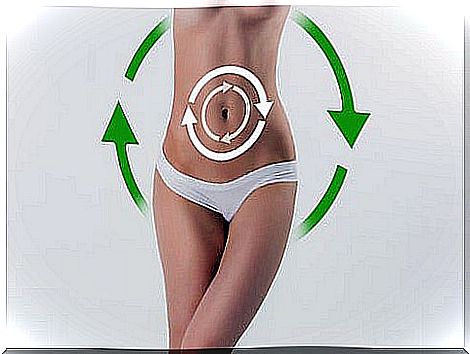What Is Ketosis? Risks And Benefits
Surely at some point you have heard of low carbohydrate diets, high protein or protein diets and even the state of ketosis as a means of losing weight. And you may not know very well what these terms refer to.
In a state of ketosis, the body is able to easily oxidize fat, including the individual’s own reserves. That is why there are many weight loss diets that induce this state in order to reduce body fat. You want to know more about this topic. Keep reading that in this article we will tell you.
What is ketosis?
Ketosis is a metabolic state that occurs during fasting, through which we force our body to use as its main source of energy, fats, both those that we have stored in our body, and those that we ingest. When the body gets energy from the fatty acids in our body, our liver generates what is known as ketone bodies.
To achieve this state, a very low-carbohydrate diet must be followed for several days. The norm says not to exceed the 15 to 30g range of carbohydrates to enter ketosis.
Depending on the glycogen that we have stored in our body, the restriction of carbohydrates that we carry out and the exercise that we add, it will take more or less days to enter this state. There is no specific or generic range of days.
Benefits of entering ketosis

According to different studies, following a ketogenic diet and entering ketosis can have other health effects, which are not necessarily related to weight loss.
- Ketogenic diets increase HDL cholesterol levels and generate significant reductions in blood triglyceride concentrations, which is why they are considered cardioprotective. They also improve glucose metabolism, reducing blood levels of both glucose and insulin, as well as blood pressure.
- Ketogenic diets are considered effective in the treatment of type II diabetes mellitus, to prevent or delay the loss of lean total body mass and sarcopenia that are associated with aging, this because they favor a positive protein balance, due to their high content of proteins.
- The metabolic rationale for ketogenic diets is the glycolytic to lipolytic shift that occurs in the absence of carbohydrates. As a result of this, lipids turn out to be the main energy source. This, in turn, prevents insulin resistance, favoring glycogen synthesis, improves glycemic profile and plasma levels of hemoglobin A.
- Ketone bodies resulting from the activation of lipolytic metabolism caused by ketogenic diets, reduce cell death. So it is considered that this type of diet increases the antioxidant power of the body.
Possible side effects and risks

- Dizziness and headaches : this effect passes from the third day, it is the worst, the body has no energy and even if you get up quickly you can get dizzy. The brain needs glycogen to function hence this effect.
- Bad breath : when our body has an excess of ketones, these are released through the breath, hence it is recommended to drink a lot of water. There are even people who have had a metallic taste in their mouth.
- Very strong smelling urine : ketone bodies are also excreted in the urine so the smell of it becomes stronger.
- Strong sweat : ketone bodies are also eliminated by sweat, so it is normal for their odor to become unpleasant.
- Lack of appetite : proteins and fats are very satisfying and cost much more to digest than carbohydrates, hence the appetite drops considerably.
- Nausea, can cause vomiting, abdominal pain, shortness of breath and general weakness.
- Possible arrhythmias : They may cause problems with the cardiac electrical conduction system and arrhythmias.
- Loss of muscle : if you are in ketosis for a long time, the fat is first pulled, but when it goes down, the muscle begins to break down to use its amino acids as fuel.
As has been observed, care must be taken when following these types of diets. Therefore, we advise before following them, go to a nutritionist to examine your condition and recommend or not follow this process and the time necessary to avoid side effects.








